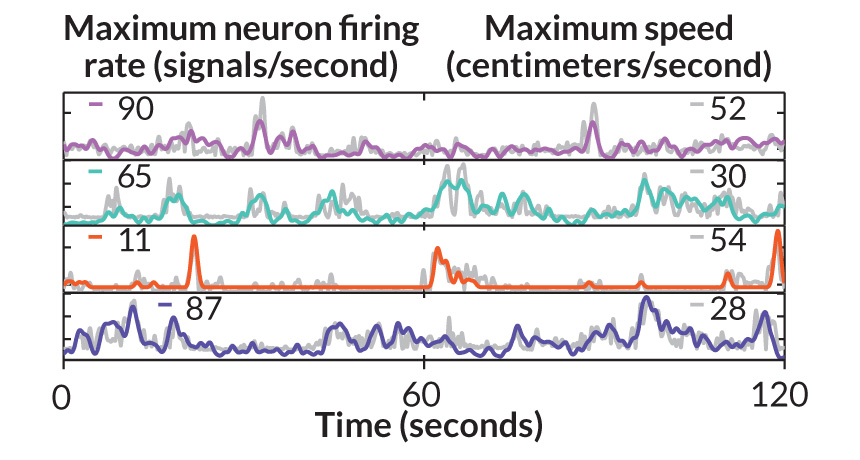Year in review: ‘Speed cells’ help make navigation possible
Discovery suggests brain has distinct speed sensors

FAST TRACKING Studies of rat brains yielded important clues this year about special cells that appear to be crucial for navigation.
Rosa Jay/Shutterstock







